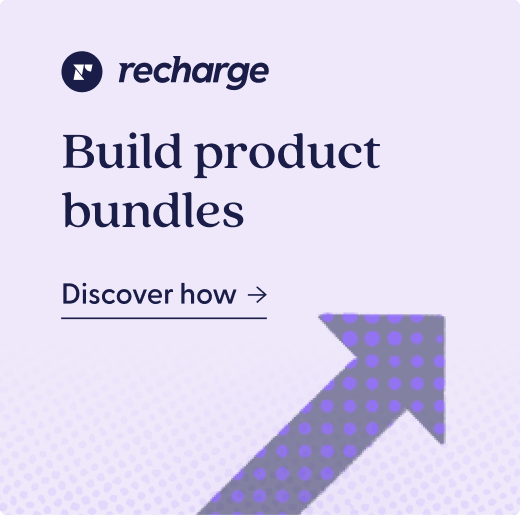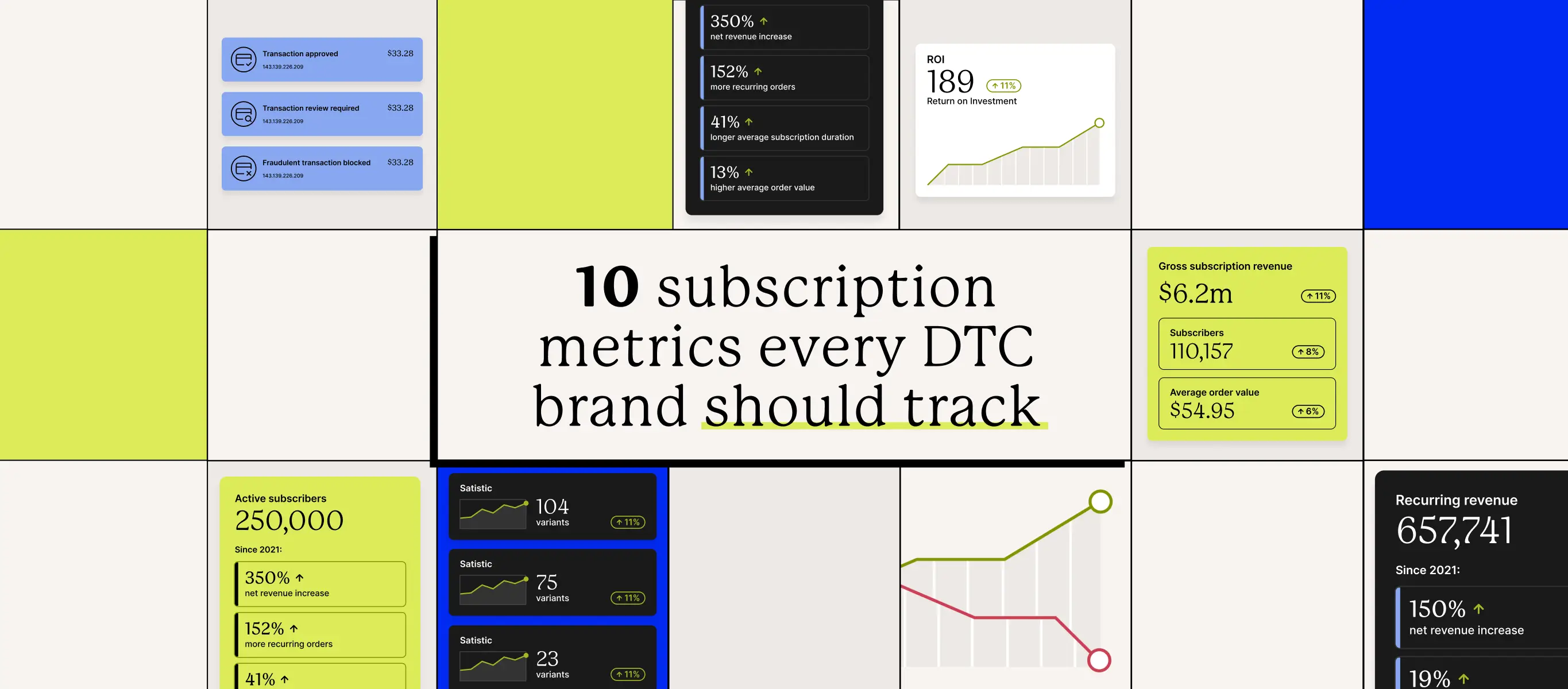No matter what your business does, it’s safe to say that incorporating subscriptions is a strong move. With subscriptions, you move beyond a one-time transaction to unlock a host of benefits for your business and the customer alike. Businesses can more accurately forecast their revenue and work with a variety of data, while customers save time and money. Subscriptions are the vehicle for forming ongoing, rich relationships with your customers.
Subscriptions have been around for a centuries—remember the days of a newspaper subscription, a fresh, folded paper arriving at your doorstep every morning? (Today, many of us get our news online, but there’s still something to be said for the power of print!) But in the past few years, subscriptions have exploded. Today, you can get a subscription for everything from laundry detergent to access to a music library. A primary benefit of subscriptions is that they enable your brand to practice relational commerce.
Relational vs. Transactional Commerce
Transactional commerce refers to how shopping is typically done—you go to the store for a bag of flour or order a sweatshirt online, and the journey ends there. The exchange is singular, focused on just the profit, and neglects to fortify and focus on the other meaningful aspects of commerce.
With subscriptions, you have multiple ongoing opportunities to engage with your customers. Regularly scheduled product shipments, helpful notifications for upcoming orders, even a cancellation flow—all of these are touchpoints for speaking to your customer and strengthening the relationship. With subscriptions, your products and brand become seamlessly integrated into your customer’s lives. In the same way that subscriptions transform transactions into relationships, they also transform products into staples.
In Recharge’s State of Subscription Commerce Report, we found that among Recharge merchants in 2020, subscribers grew 91%, and average order value (AOV) was up across the majority of verticals. No matter what your vertical is, a subscription model can scale your business.
Considering launching subscriptions for your brand? Here, we’ll talk through the three different types of subscriptions and what businesses they work best for, so you can move forward with the right model.
Replenishment
What items do you use time and time again? Each of us has a lineup of personal favorite products—think coffee pods, deodorant, even contacts. With replenishment subscriptions, products are “replenished” through shipments on a regular cadence. Instead of having to re-order every time they run out, customers can subscribe to a delivery schedule that suits their needs, so they always have a stock.
Oftentimes, businesses will offer the option to “subscribe and save,” so customers get a discount on their order when they sign up for the service. For example, a coffee company might offer a monthly subscription at a 15% discount per bag. If a customer signs up for an annual subscription, they might get an even larger discount of 20% off a bag. Since businesses benefit from the guaranteed revenue and bulk orders, they can afford to incentivize customers with a reduced cost.
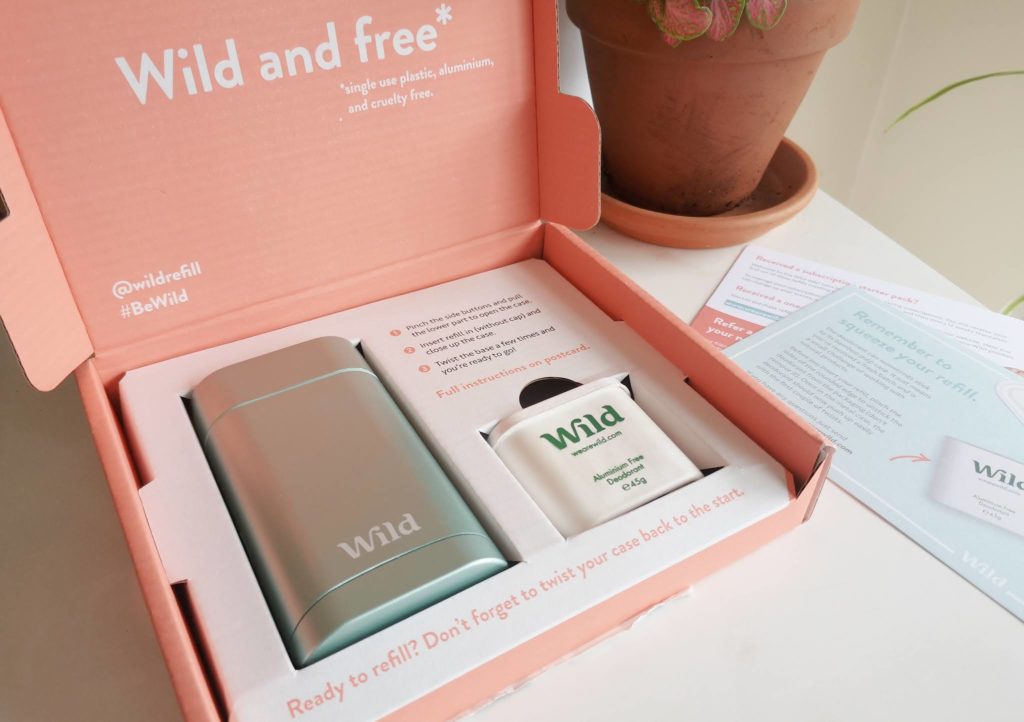
In the State of Subscription Commerce Report, we found that 32% of subscription merchants chose this model. This model works well for Beauty & Personal Care brands, like Wild. Since customers will inevitably need to refill their deodorant, it makes sense to sign up with a service that offers this at a discounted price. And, since Wild offers replenishment subscriptions, they were able to eliminate unnecessary waste. Rather than sending a full deodorant each time, they created the first zero-plastic refill. After customers get the applicator in their first order, they just receive a new stick of deodorant. Reducing waste costs for a business and the planet is one of the incredible results possible with replenishment subscriptions.
Curation
Imagine that every month, you get a beautifully packaged box full of fun new items related to something you love—beauty products to test, or delicious snack items to try. In curation subscriptions, merchants assemble a box, usually around a theme, product group, or both. They change up these items every order, offering a fresh and fun selection, and ship them to customers. This model leverages buyer psychology, tapping into customers’ desire for curiosity and excitement. Who doesn’t like to look forward to mail, especially a surprise that you know you’ll love? This was the most popular type on our report, with 55% of merchants choosing this subscription model.
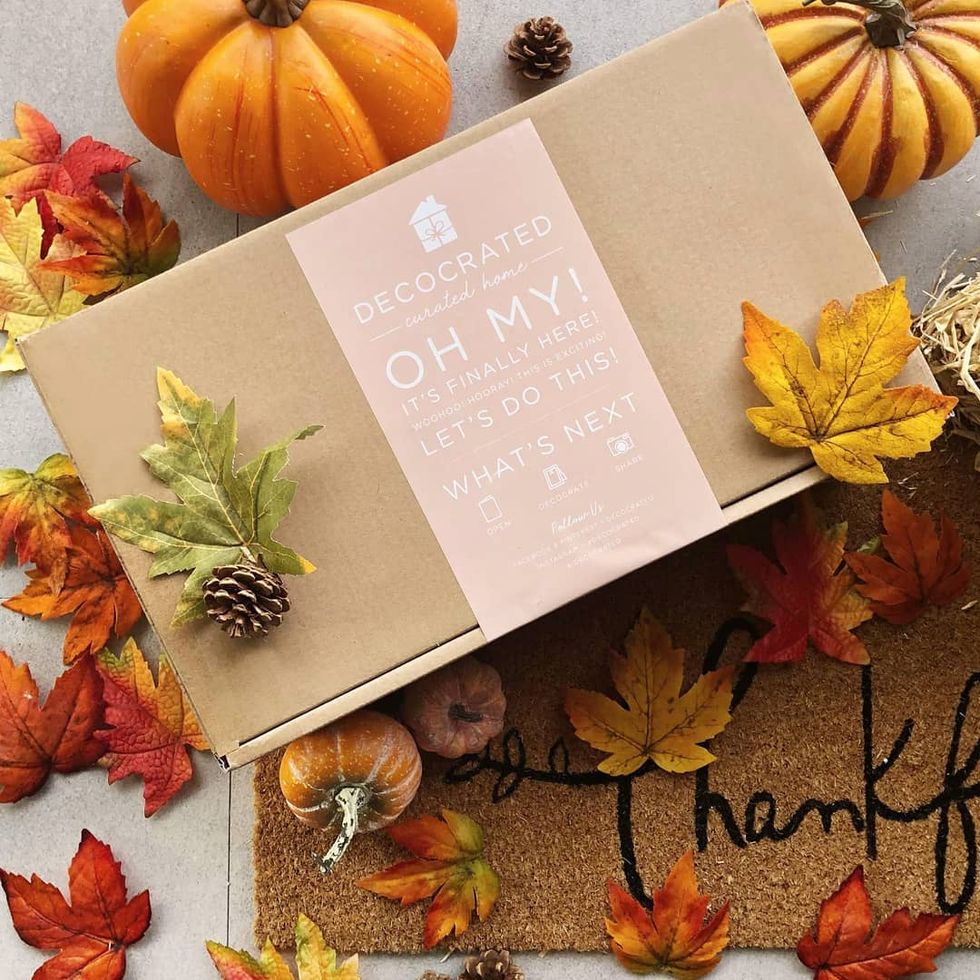
This model works well for Home Goods, Food & Beverage, and Beauty & Wellness, among other verticals. One of our merchants, Decocrated, curates home decor boxes for seasonal home refreshes. Every season, they send customers a crate with high quality decor, like pillows, frames, and wall prints. Customers get all the items they need for a seasonal home refresh. With the curation model, Decocrated can stay on-trend, providing new and fun items, while also staying true to their brand and business model.
Other examples? Bokksu curates boxes of authentic Japanese snacks so customers can experience new candies, teas, and flavors. And with Shaker and Spoon, customers receive monthly boxes with spirits to make different cocktails. Really, the possibilities are endless—you can assemble different products for games, personal care items, or clothing.
Access
Chances are, you’ve probably used an access subscription today. Spotify, Netflix, Amazon Prime—all of these are access subscriptions. With this subscription model, customers pay to use a service, whether it’s for a program, free shipping, or gated content. This is the fastest-growing subscription model, comprising 13% of the market. Most commonly used to offer membership or gate availability, this model is growing because of the wide variety of benefits merchants can offer their subscribers.
Businesses can also use access subscriptions to offer exclusive access to perks. For example, Pela’s subscription gives members first access to new launches or limited-time products. For big fans of the business, getting the first foot in the door to shop from a finite supply is a huge plus.
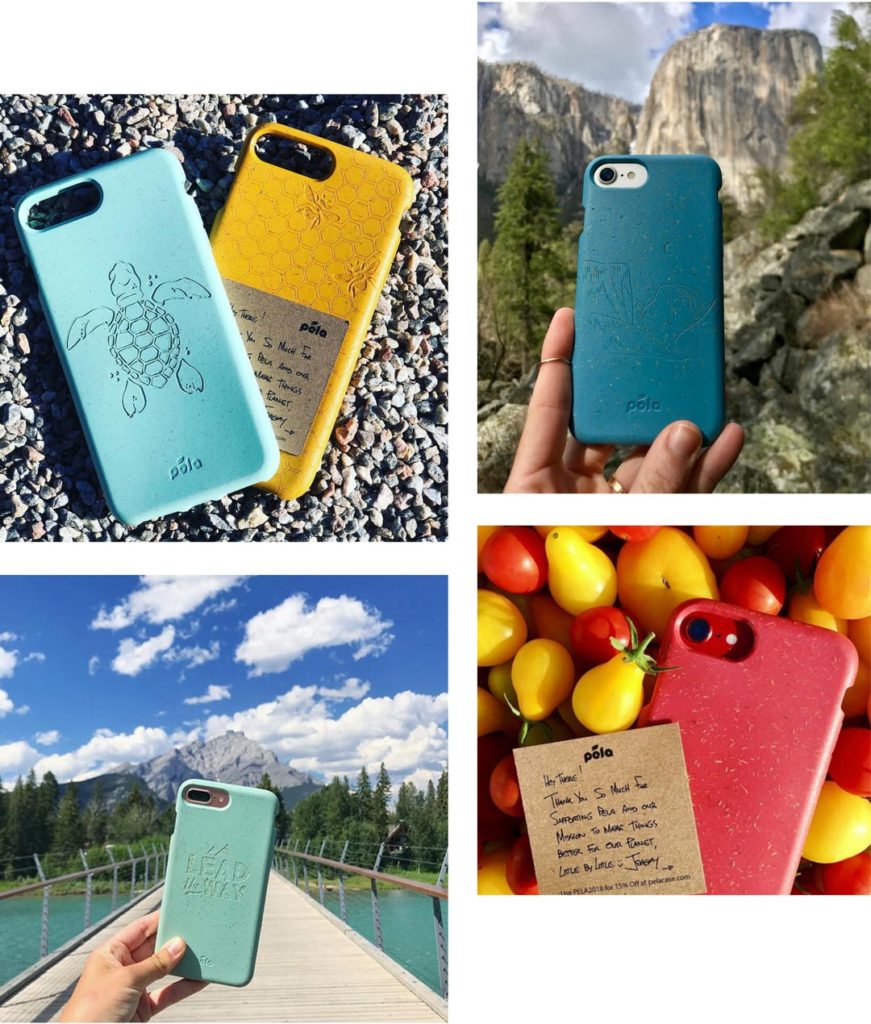
Access subscriptions can also help round out and maximize a product offering. After customers get their board from Signal Snowboards, a subscription gives them access to connect with others through a common passion. In Signal’s online community, members can join ride days, master classes, and events. Another example—Crossrope sells jump ropes, while also offering interactive fitness classes for subscribers. Once the customer has the product, an access subscription can give them support, guidance, and structure for making the most of it.
With subscriptions, there’s a world of possibilities. You can use replenishment to reduce your business’s carbon footprint, curation to offer new, updated products, or access to build a brand community. No matter your vertical, subscriptions will support your business in creating meaningful, ongoing relationships with your consumers. And, they also increase customer loyalty, lifetime value, and engagement.

